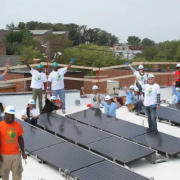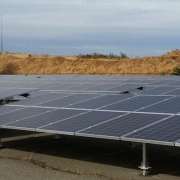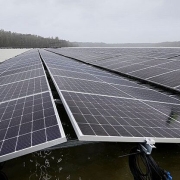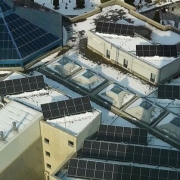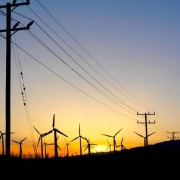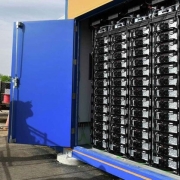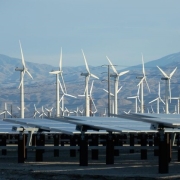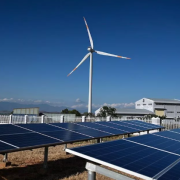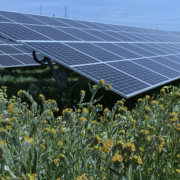Rooftop solar and home batteries are already too expensive for most low-income California residents. Last week’s decision by the California Public Utilities Commission to radically alter the state’s net-metering policy will put them even further out of reach.
Last week Canary Media explained how California’s new rooftop-solar policy will dramatically reduce the moneymaking potential of stand-alone rooftop solar and incentivize customers to install batteries that can store and shift their output to the grid when it’s most needed. We also explored how solar and battery vendors, utilities, community energy providers and state agencies are looking for ways to expand access to these technologies for low-income and disadvantaged communities.
Click here to read the full article
Source: Canary Media
—
If you have any questions or thoughts about the topic, feel free to contact us here or leave a comment below.

